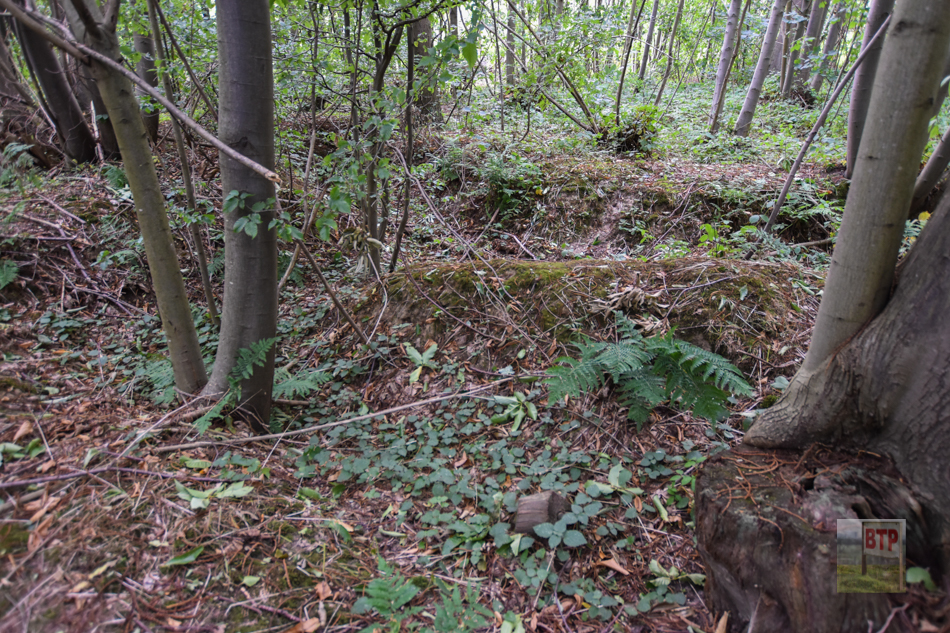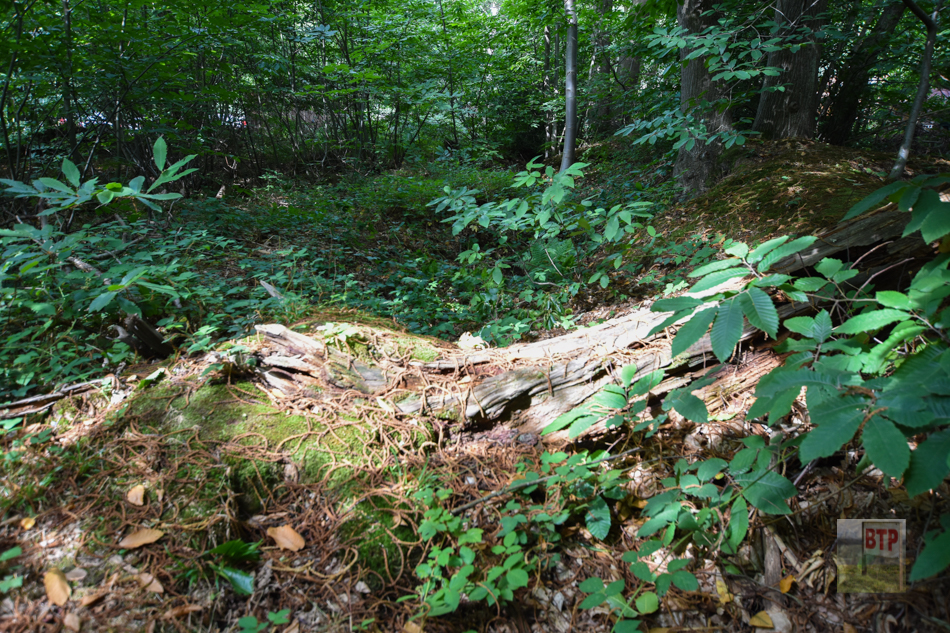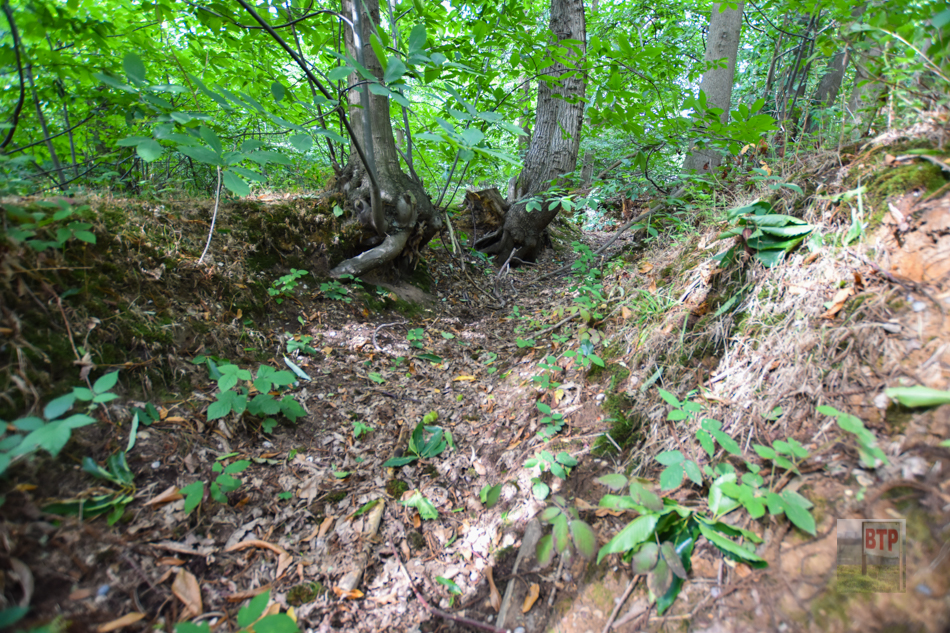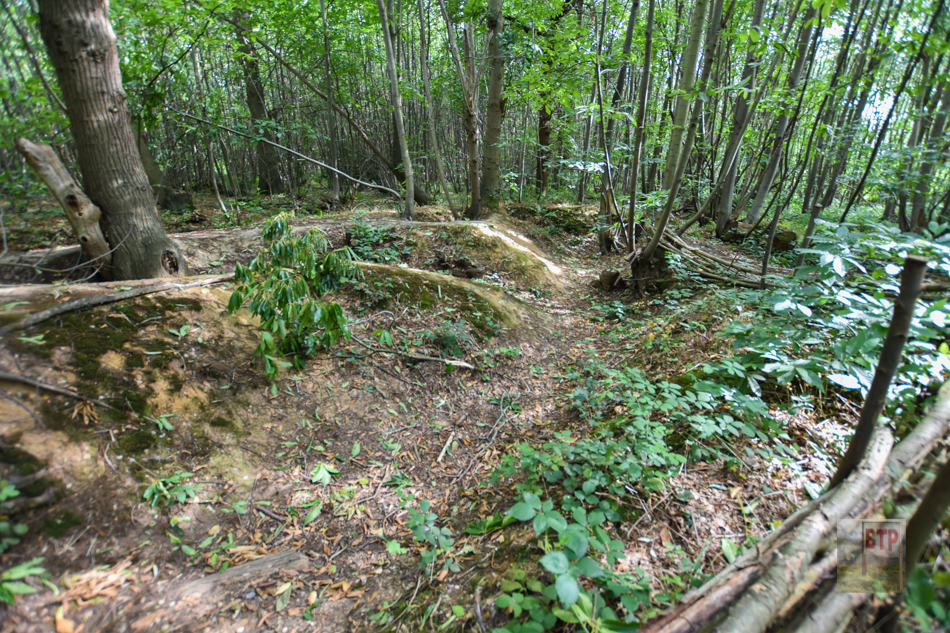Located in the heart of Billericay, Norsey Wood is a designated Site of Special Scientific Interest (SSSI) with history spanning the centuries. Discoveries such as a Neolithic axe head and a Roman cemetery are just a couple of finds to be looked into, following the first investigation in 1865 by J E K Cutts, with the oldest find dating back to 2400 BC. Middle Iron Age occupation is hinted at by discoveries of hand-made pottery sherds found towards the northern side of the Wood in the 1930s, but it is not until the later Iron Age that activity is known to have become widespread. Victorian reports point to an extensive cremation cemetery. The woods have been suggested to be the last stand of the Peasants Revolt.
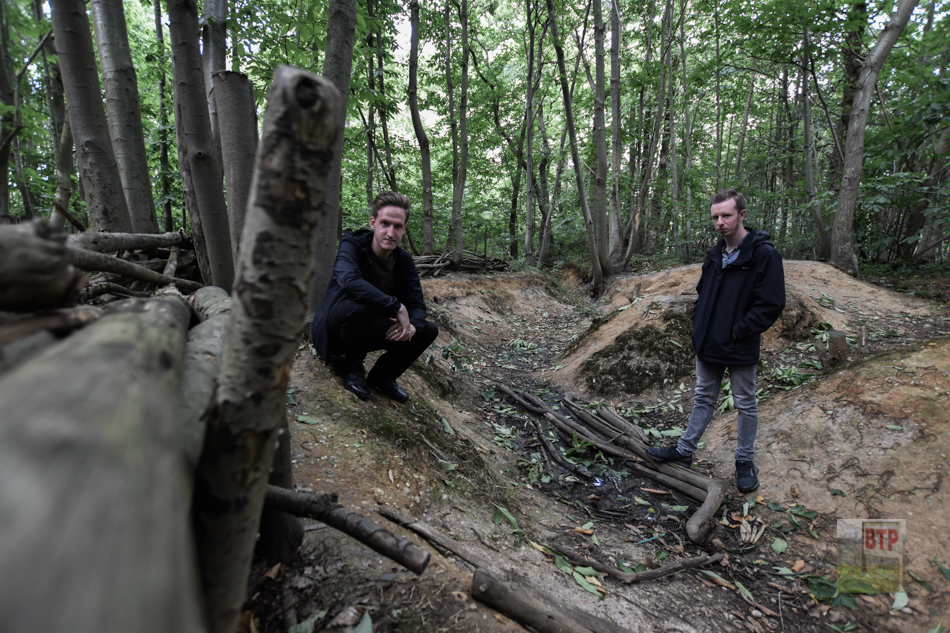
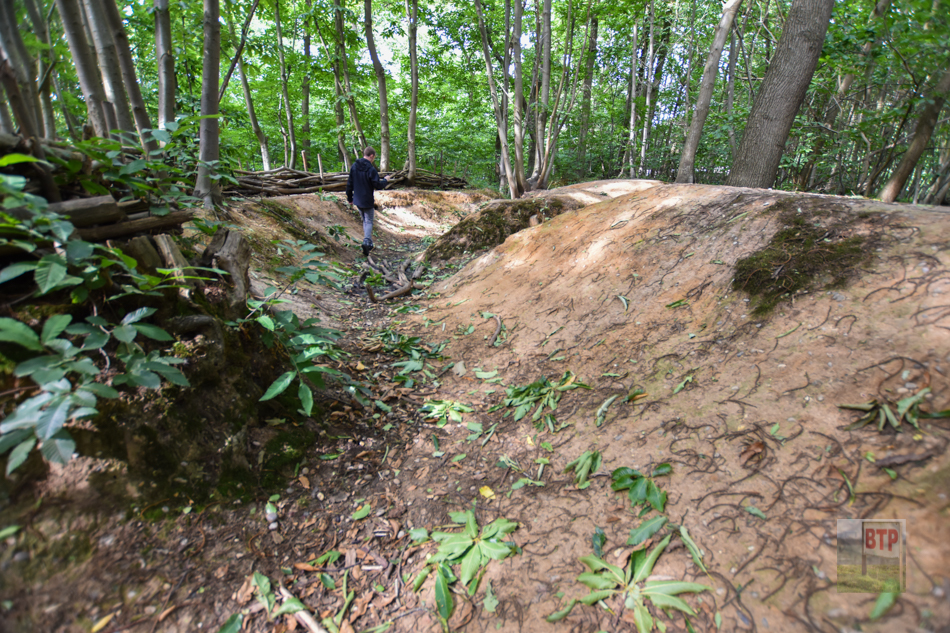
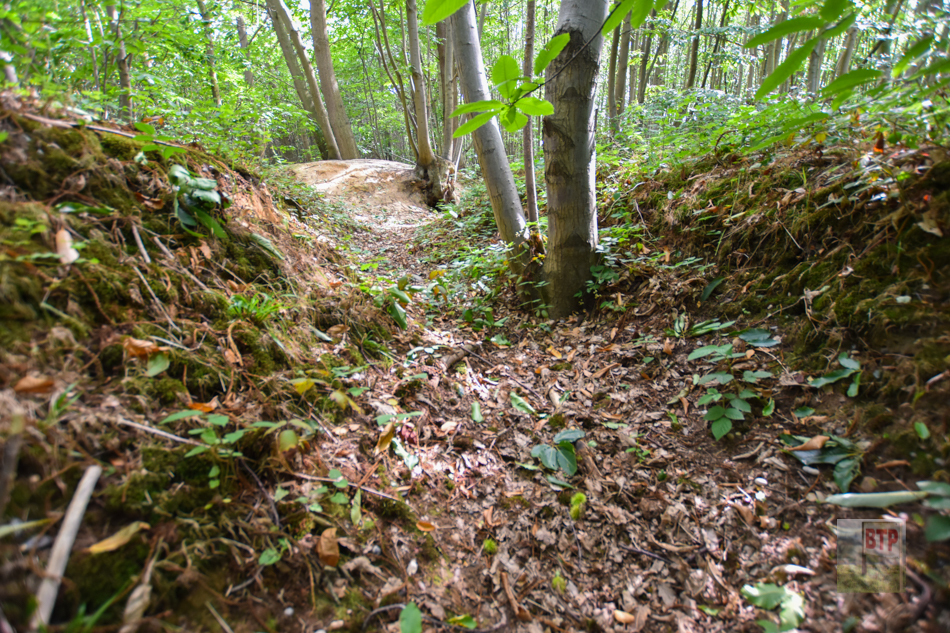
We visited one of the most recent historical additions to the site – World War 1 trenches. These would have most likely been used for training troops ahead of sending them to war, or alternatively for local defence forces to practice for an anticipated invasion. Many woods in Essex were used for Army practice and munitions storage as the trees gave the sites good cover from any aircraft flying overhead. The majority of the entrenchments have been filled in although luckily a small stretch has been preserved. The large, double-ditched medieval bank which extends through the eastern side of the Wood parallel with Outwood Common Road, was adapted during World War I to form a defensive or training trench position. Their shape is clearly visible today with L-shaped offshoots placed at intervals along the trench possibly for off-duty soldiers to rest.
